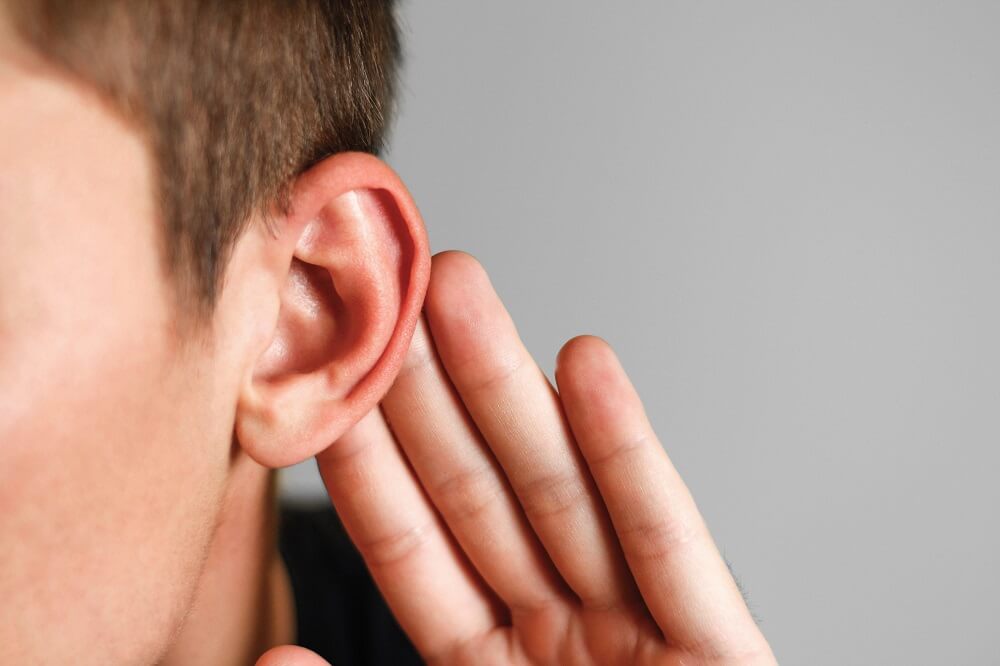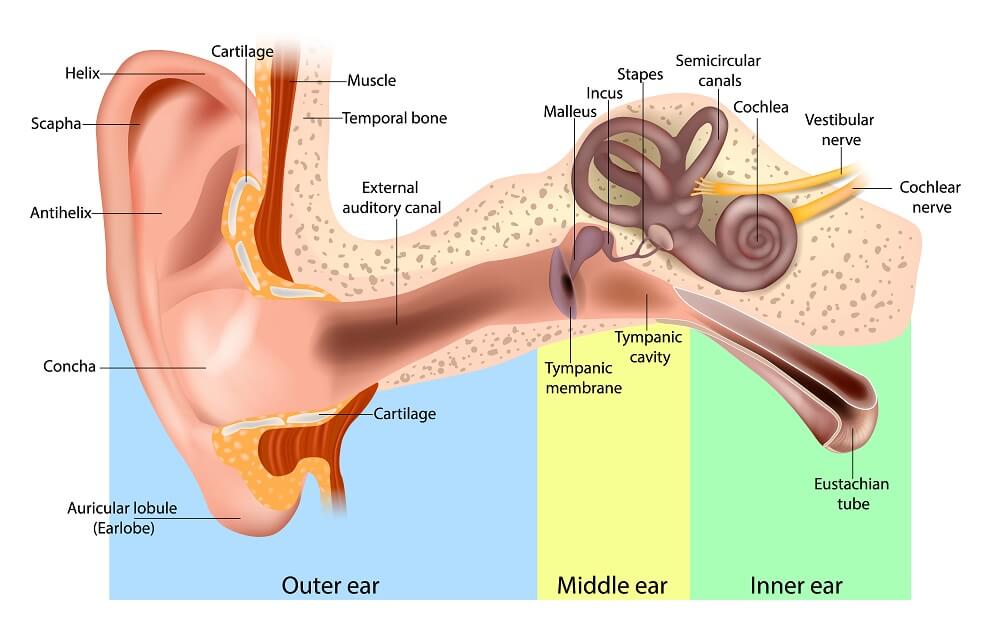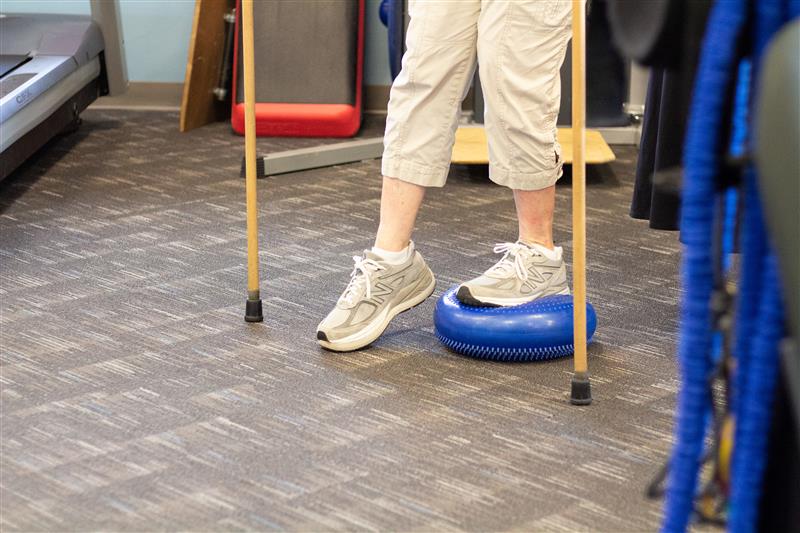Balance is an important aspect of daily activities performed at home and in the community. These activities may include: walking, ascending and descending stairs, and getting out of a car. To accomplish these actions, individuals must maintain balance and equilibrium. When there are inner ear problems, balance exercises may help relieve the symptoms.
Balance and the Vestibular System
The balance system consists of information from sensory receptors in the foot and ankle, visual-based information for depth perception, and information for maintaining stability from the inner ear. Further broken down, the vestibular system includes the Vestibular Occural Reflex (VOR), which helps maintain static gaze with coordinated head movements (2), and the Vestibular Spinal Reflex (VSR), which helps perform head corrections and maintain proper posture (1).
What Are the Symptoms of Inner Ear Problems?
Disruption to the VOR or VSR can result in immediate loss of balance. Additionally, this may lead to symptoms of dizziness, nausea, and vomiting, and result in falls.
How Can Physical Therapy Help?
Through Vestibular Rehabilitation Training (VRT), patients can re-train and improve their balance, perform visual tracking, and reduce symptoms of provocation. Here are three exercises that will help improve low-level static balance deficits.
3 Simple At-Home Balance Exercises
Regular practice can improve one’s ability to perform visual tracking and subsequent head correction via gaze stabilization training (3). With improvement in gaze stabilization, balance, and vestibular correction, symptoms of dizziness and instability can improve within 2 to 4 weeks, depending on specific diagnoses.
#1 – Seated Gaze Stabilization VOR x2
- Purpose: To improve the patient’s ability to track objects across the visual field and utilize the vestibular ocular reflex while maintaining the correct position of the head.
- How to perform: Hold an object in front of the face. Move eyes from side to side while rotating the head to the opposite side.
- Sets and reps: 3 sets 10 reps on both sides. This exercise may provoke symptoms of dizziness or nausea. Try to work through these symptoms. The exercise demands concentration and avoiding
distractions. Perform these exercises 3 to 4 times per day, for 6-8 weeks.
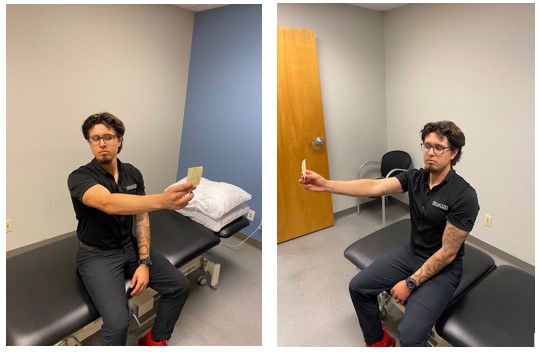
#2 – Romberg balance (eyes closed)
- Purpose: To improve static balance and to improve the patient’s ability to manage low-light situations such as getting up at night.
- How to perform: Hold the position without moving, use the corner of a room or significant other if balance is compromised. Stand with two feet together. The arms are crossed in front of the body. Stand quietly with eyes open, and subsequently with eyes closed.
- Sets and reps: 3 sets of 30s hold. Do this exercise twice a day, for 6-8 weeks.
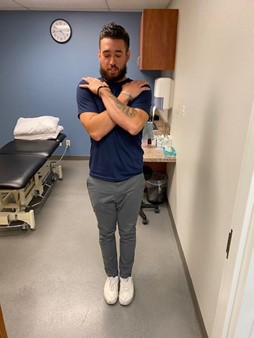
#3 – Standing H-test
- Purpose: To improve activation and coordination of the muscles in the eye to improve tracking ability across the visual field.
- How to perform: Hold an object in front of the face and move in all directions. Do not move the head, follow the object with the eye only.
- Sets and reps: 3 sets of 30. Do this exercise twice a day, for 6-8 weeks.
- The primary role of the inner ear and vestibular system is to allow you to keep your eyes stable and focused on objects as you move your head around. Moreover, these exercises help to enhance the communication between your inner ears and your eyes. The brain uses the inner ear information to determine how much eye movement is needed to allow your eye to stay fixed on an object as you move around.
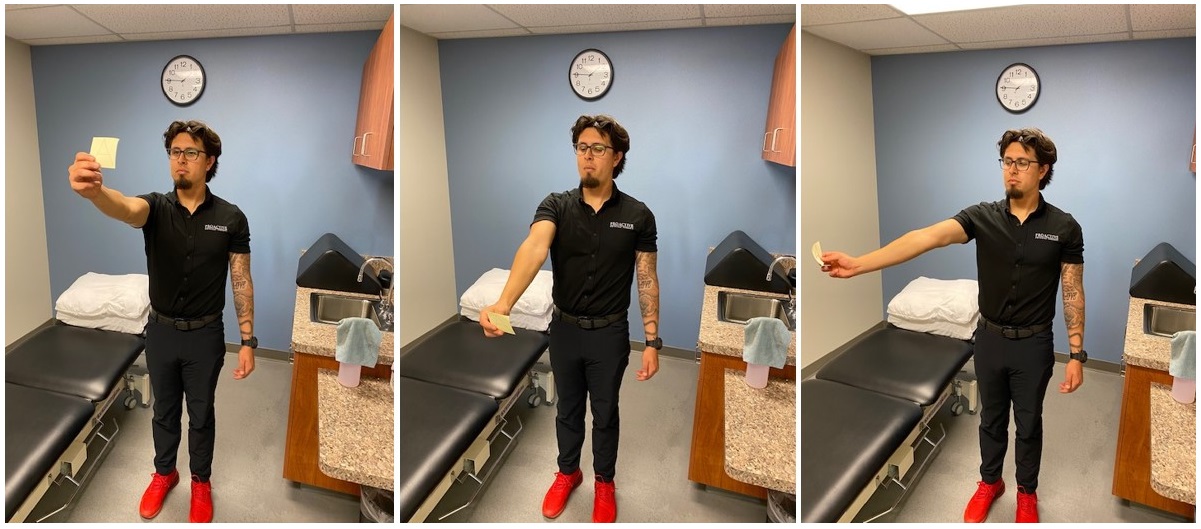
Do you need help improving your balance? Schedule an appointment or schedule a free injury assessment (no referral necessary!) to see how we can help keep you healthy and active.
Proactive Physical Therapy provides affordable, individualized care. Our professionally supervised program is designed to build and maintain a functional level of strength, flexibility, and balance. The highly trained staff is here to properly evaluate and quickly identify your balance concerns. Our goal is to help you regain the confidence to get you back to doing the things you love.

